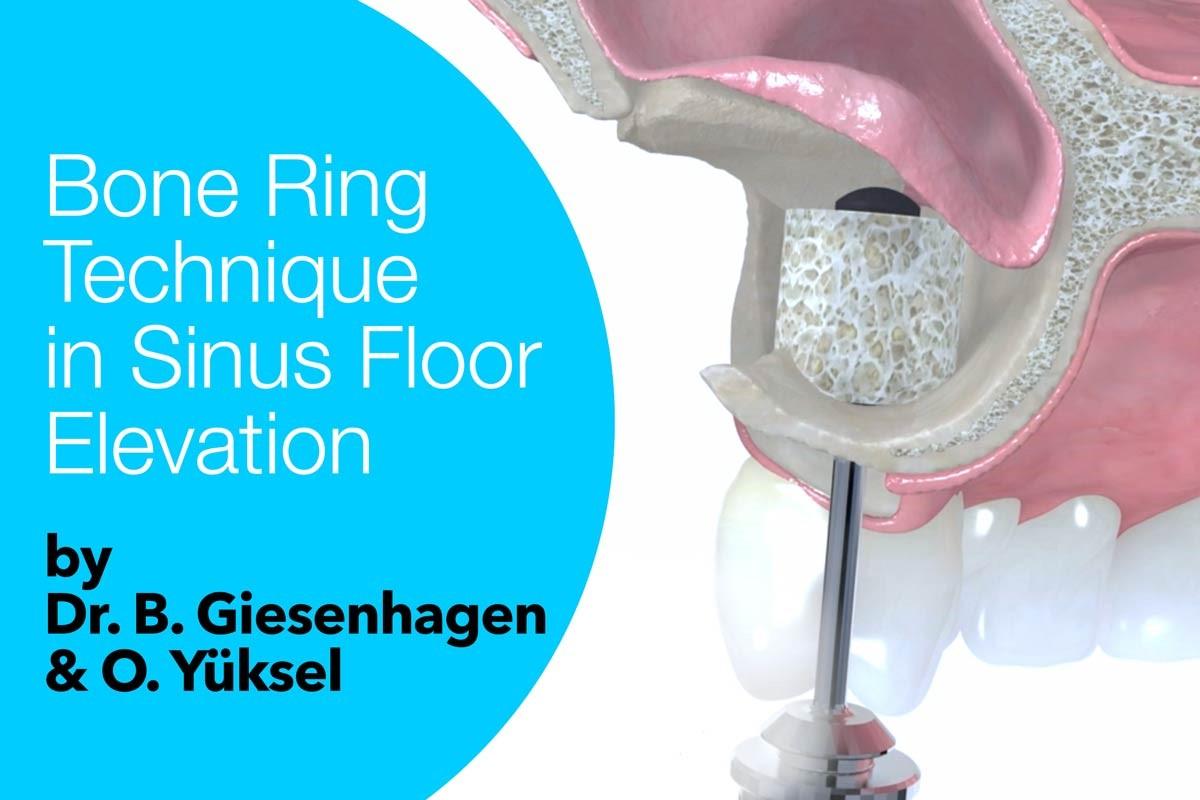Study
https://www.ncbi.nlm.nih.gov/pubmed/30281857
Benlidayi E. et al. (2018). Clin Oral Implants Res. 2018.
Comparison of autogenous and allograft bone rings in surgically created vertical bone defects around implants in a sheep model.
OBJECTIVE:
The aim of this study was to compare autogenous and allograft bone rings in surgically created vertical bone defects.
MATERIAL AND METHODS:
Four male, 1-year-old sheep were used in this study. In each sheep, eight vertical bone defects 7 mm in diameter were created using trephine drill in the iliac wing. Autogenous and allograft bone rings 5 mm in height and 7 mm in diameter were used for vertical augmentation around implants. The study consisted of four groups according to the bone ring type and amount of vertical augmentation, autogenous 2 mm, allograft 2 mm, autogenous 4 mm, and allograft 4 mm. Two of the animals were sacrificed after 4 months, and the remaining two animals were sacrificed after 8 months. Undecalcified sections were prepared from harvested samples. Histological assessment and histomorphometric analysis were performed.
RESULTS:
Autogenous 2 mm group showed higher values than allograft 2 mm group, and autogenous 4 mm group showed higher values than allograft 4 mm group in terms of bone area and bone-to-implant contact (BIC) after 4 months. However, allograft 2 mm group showed higher bone area and BIC values than autogenous 2 mm group after 8 months. Also, autogenous 4 mm and allograft 4 mm groups showed comparable results after 8 months. Allograft 2 mm and allograft 4 mm groups showed higher bone area and BIC values at 8 months compared with 4 months.
CONCLUSIONS:
Allograft bone ring looks promising in augmentation of surgically created vertical bone defects around implants after 8 months of healing.
Orcan Yüksel
Also interesting
- Dr. Bernhard GiesenhagenGermanyDr. Orcan YükselGermany

























